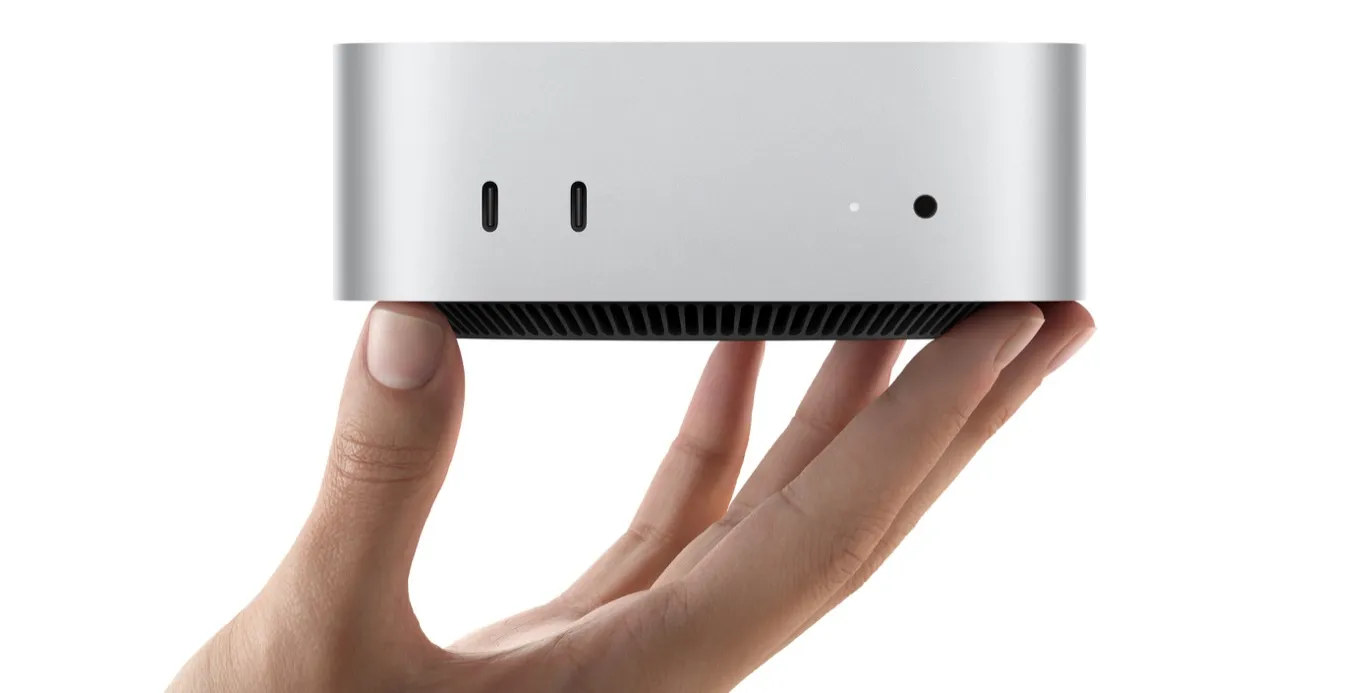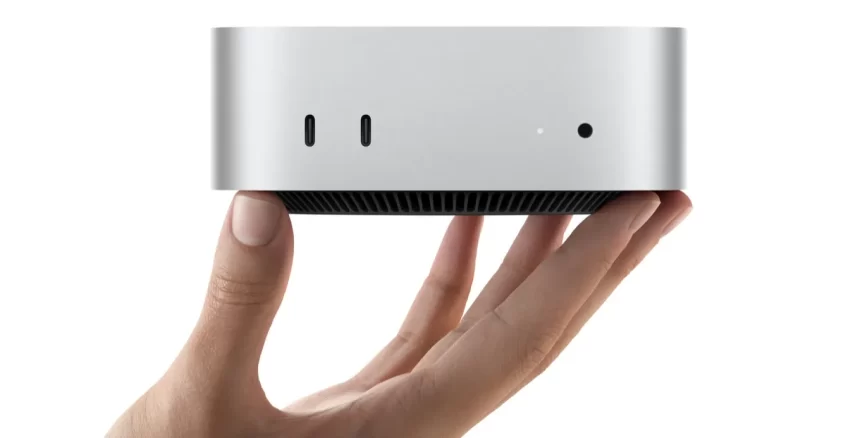Apple has expanded its Self Service Repair program to include the latest M4 Mac models. Users can now access official repair manuals and purchase genuine replacement parts for the M4 MacBook Pro, iMac, and Mac mini through Apple’s authorized Self Service Repair Store.
This move follows Apple’s ongoing efforts to provide more repair options while maintaining control over its ecosystem. Initially launched in 2022 for iPhones, the program now supports a broader range of Apple products, empowering customers to fix their devices independently.

How the Self-Repair Program Works
Customers looking to repair their M4 Macs can visit Apple’s repair page, which includes detailed manuals, a breakdown of part numbers, and a list of recommended tools. Some of these tools are standard, while others, especially those for MacBook Pro repairs, may require renting or purchasing specialized Apple-designed equipment.
Parts and tools can be ordered through the Self Service Repair Store, which is operated by a third-party provider authorized by Apple. Apple requires customers to return “core” components, just as authorized repair shops do, allowing them to receive credit toward the purchase of replacement parts.
Challenges of DIY Repairs
While Apple’s self-repair program expands user options, it remains impractical for most individuals due to the complexity of repairs and the high cost of parts. Apple still recommends seeking professional repairs for those unfamiliar with the process to avoid accidental damage.
Despite Apple’s efforts, right-to-repair advocates have criticized the program for being too restrictive. Many argue that the need for specialized tools and high part costs discourage self-repairs, keeping customers reliant on Apple’s repair services.
Expanding Repair Options
Beyond Macs, Apple provides self-repair documentation for iPhones, starting with the iPhone 12 and newer models. Other supported devices include the Apple Studio Display and the 2024 Beats Pill. However, Apple does not yet offer repair manuals or parts for accessories like the Magic Keyboard, Trackpad, Mouse, or Vision Pro headset.
Apple’s decision to expand self-repair options aligns with growing regulatory pressure to provide more accessible repair solutions. As demand for independent repairs grows, Apple may continue adding more devices to the program, giving users greater control over their hardware maintenance.












